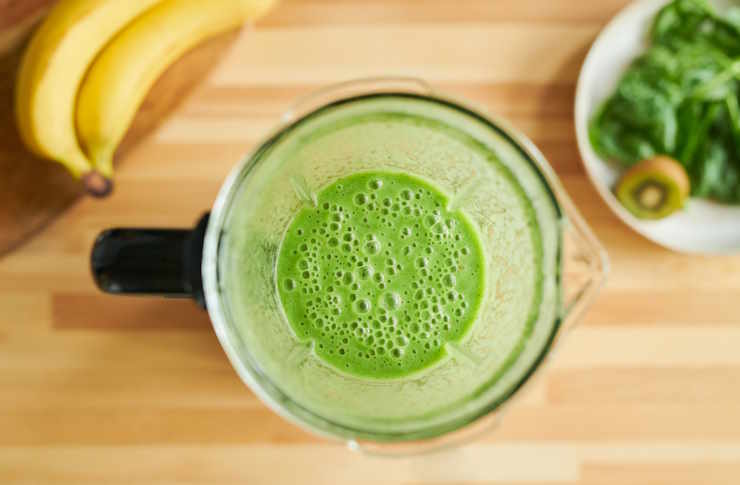Smoothies: Ingredients, Blending, and Serving Tips
Smoothies are blended beverages that combine whole fruit, vegetables, liquids, and optional add-ins to create a smooth, drinkable texture. They can serve as quick snacks, post-workout refuels, or meal supplements. When made with whole ingredients and mindful portion sizes, smoothies are a convenient way to add vitamins, fiber, and hydration to your day while adapting flavor and texture to personal preferences.

This article is for informational purposes only and should not be considered medical advice. Please consult a qualified healthcare professional for personalized guidance and treatment.
What is a smoothie?
A smoothie is a cold, blended drink that typically uses fruit as a primary ingredient and a liquid base to reach the desired consistency. Smoothies differ from juices because they retain the fiber from whole fruit and vegetables, which affects texture and digestion. Common liquid bases include water, milk, plant milks, or yogurt. The final product ranges from thin and drinkable to thick and spoonable, depending on the ratio of solids to liquids and whether ice or frozen ingredients are used.
How do fruits fit into recipes?
Fruit provides natural sweetness, flavor, and nutrients in a smoothie. Popular choices include bananas for creaminess, berries for tartness and antioxidants, mangoes for tropical flavor, and apples or pears for added fiber. When combining multiple fruits, balance high-sugar options (e.g., ripe mango or grape) with lower-sugar fruits (e.g., berries) to avoid an overly sweet result. Using a mixture of fresh and frozen fruit can control temperature and texture: frozen fruit thickens the smoothie without diluting flavor like ice can.
How to include vegetables tastefully?
Vegetables add micronutrients and fiber without overwhelming the drink when chosen and paired thoughtfully. Mild-tasting greens such as spinach or baby kale blend smoothly and take on the flavor of fruit and liquid. For a more noticeable vegetable presence, try cucumber, cooked sweet potato, or carrot, which add body and subtle sweetness. Start with small amounts—about a cup of leafy greens per serving—and increase gradually as you learn which combinations you enjoy. Blending with a creamy base (bananas, yogurt, or nut butter) helps mask stronger vegetal notes.
What role does the blender play?
The blender determines texture and how well ingredients combine. High-speed blenders produce very smooth results and can emulsify fibrous vegetables and seeds, while standard countertop blenders are suitable for most fruit-based smoothies if ingredients are cut small and blended in stages. For best results, add liquids first, then softer items, followed by frozen fruit and ice. Pulse to break down large pieces before running continuously. Clean the blender promptly after use to prevent staining from berries or carrots and to avoid lingering odors.
When is a smoothie a drink choice?
Smoothies work well as a quick drink, a portable snack, or a light meal replacement when they include a balance of carbohydrates, protein, and healthy fats. For a more filling option, add protein powder, Greek yogurt, silken tofu, nut butter, or seeds like chia and flax. For a lighter drink, focus on fruit, water, or herbal tea bases with ice. Pay attention to portion sizes: larger smoothies can contain several servings’ worth of calories and sugar if made mainly with juice or too much fruit. Store smoothies in the refrigerator and consume within 24 hours for best quality; separation may occur and can be remedied by stirring or re-blending.
Conclusion
Smoothies are a versatile, customizable drink that can incorporate a wide range of fruit and vegetable ingredients and be prepared in different types of blenders. Thoughtful ingredient choices—balancing flavor, texture, and macronutrients—help match a smoothie to its intended role, whether a refreshing snack, recovery drink, or meal supplement. Experiment with proportions and add-ins to find combinations that deliver both enjoyment and the nutritional balance you want.




